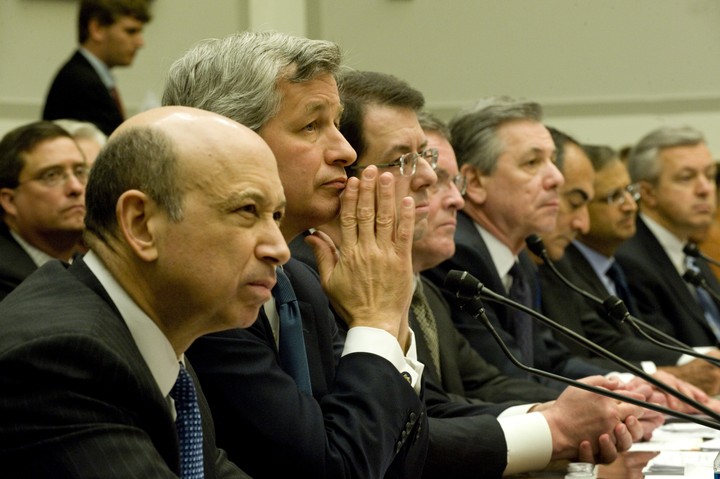The Bailouts for the Rich Are Why America Is So Screwed Right Now
Did they prevent a full-scale collapse? Yes. Was it necessary to do it the way we did? Not at all.

These guys got off pretty easy. (Photo by Scott J. Ferrell/Congressional Quarterly/Getty Images)
In 1948, the architect of the post-war American suburb, William Levitt, explained the point of the housing finance system. “No man who owns his own house and lot can be a Communist,” he said. “He has too much to do.”
It’s worth reflecting on this quote on the ten-year anniversary of the financial crisis, because it speaks to how the architects of the bailouts shaped our culture. Tim Geithner, Ben Bernanke, and Hank Paulson, the three key men in charge, basically argue that the bailouts they executed between 2007 and 2009 were unfair, but necessary to preserve stability. It’s time to ask, though: just what stability did they preserve?
These three men paint the financial crisis largely as a technical one. But let’s not get lost in the fancy terms they use, like “normalization of credit flows,” in discussing what happened and why. The excessively wonky tone is intentional—it’s intended to hide the politics of what happened. So let’s look at what the bailouts actually were, in normal human language.
The official response to the financial crisis ended a 75-year-old American policy of pursuing broad homeownership as a social goal. Since at least Franklin Delano Roosevelt, American leaders had deliberately organized the financial system to put more people in their own homes. In 2011, the Obama administration changed this policy, pushing renting over owning. The CEO of Bank of America, Brian Moynihan, echoed this view shortly thereafter. There are many reasons for the change, and not all of them were bad. But what’s important to understand is that the financial crisis was a full-scale assault on the longstanding social contract linking Americans with the financial system through their house.
…click on the above link to read the rest of the article…